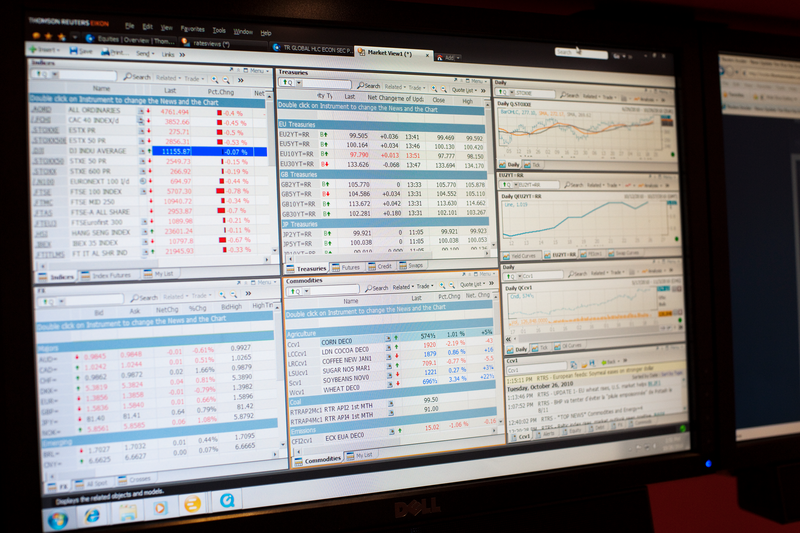The CFTC is responding to advances in technology, and the data being captured, which have led to the obsolescence of the format in which data is required to be submitted under the rule as originally promulgated. The final rule replaces a Cobol-based data submission standard that dates back to 1986.
The new rule delegates the approval of format and coding structures to the Director of the Office of Data and Technology, which will have authority over Appendix C containing the form, manner, coding structure, and electronic data transmission procedures for the reporting of the data elements.
Submissions under the new rule will be in the Financial Information eXchange Markup Language (FIXML), eliminating the current 80-character record limit.
The use of this format is intended to streamline reporting and also permit more effective management and analysis of the data being captured by the regulator. The reports can be submitted to the CFTC directly in FIXML format or submitted via the CFTC Portal, which will convert the data submitted into the markup language.
Market surveillance
In making the changes the CFTC is trying to ensure that it has access to complete and dependable data that will help it protect market integrity and also support its market surveillance efforts. In the press release Vince McGonagle, Director of the Division of Market Oversight, said that these amendments “will modernize the CFTC’s large trader position reporting and align it with other reporting structures set out in the CFTC’s regulations.”
In her statement in support of the adoption of the final rule, Kristin N Johnson, CFTC Commissioner, drew attention to her previously published remarks on the importance of financial market transparency:
“Appropriately-tailored regulatory disclosure is a powerful tool in identifying vulnerabilities and trends in our markets, mitigating systemic risk, and addressing financial stability concerns. Disclosure of financial information to market regulators is critical to the regulatory oversight of our financial markets, particularly when such disclosure is accurate, timely, robust, and usable.”
Strong dissent
Commissioner Caroline D Pham, whilst supportive of the updating of the outdated reports, issued a strong dissent suggesting that in making the changes the CFTC was delegating its authority in an impermissible way to a non-existent office.
She was also highly critical of the lack of a notice standard under the new rule calling the decision not to adopt it “inexplicable” given the fact that “fair notice is inherent to due process under the Administrative Procedure Act and other law.” The Commissioner is particularly concerned by this because of the strict liability standard for reporting violations that has “no materiality threshold” and can result in “seven-figure penalties for anything less than 100% perfection.”
The final rules are effective 60 days after publication in the Federal Register. There is a two-year implementation period , which means that firms will only have to comply with the new rule two years after its publication.
GRIP Comment
The dissent is interesting as it illustrates the growing disconnect between primarily principles-based rules and the very granular technologies and taxonomies utilised to deliver on complex reporting and recordkeeping that underpins the data capture mandated by these rules.
This divergence can be problematic for end users if changes and adjustments to the reporting mechanisms fall outside of the due process by being designated either non-material or simply entirely outside of the due process by a regulator.
This is because the complexity of the underlying technologies means that any such changes can actually result in significant work being required by large multi-disciplinary teams (often involving senior representatives of business, compliance and technology) in order to ensure continuing compliance.


